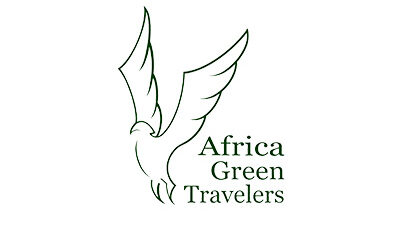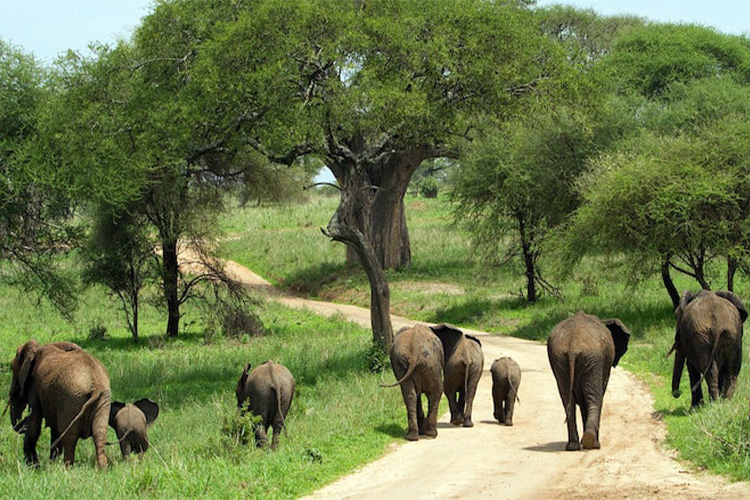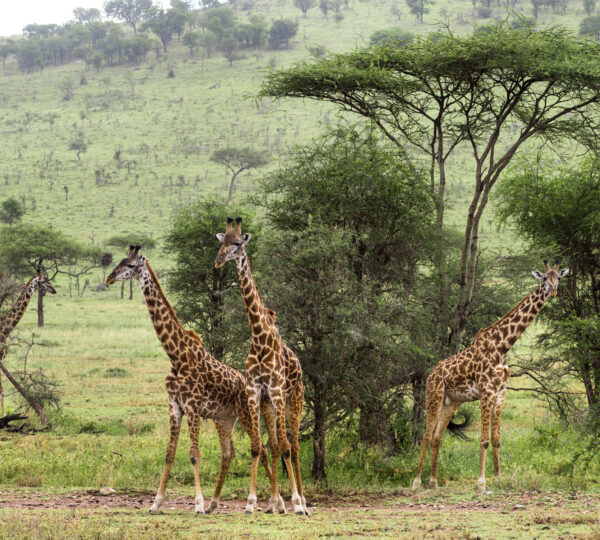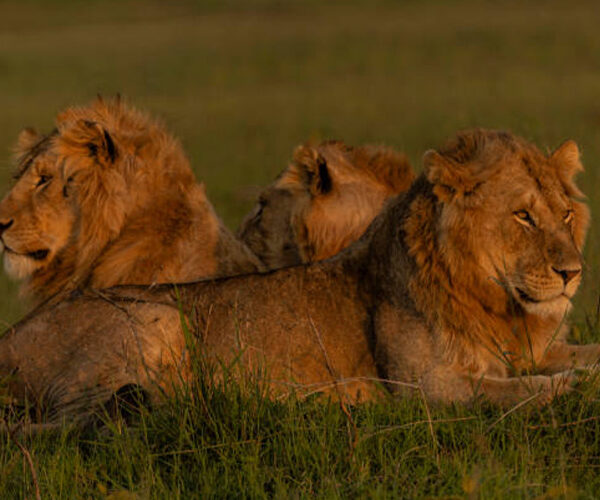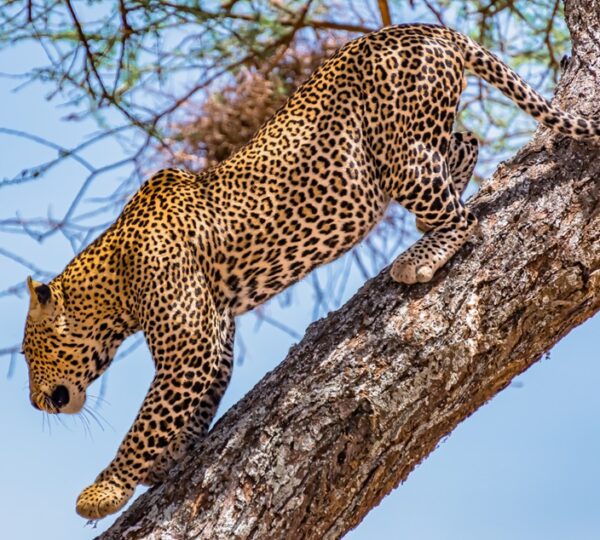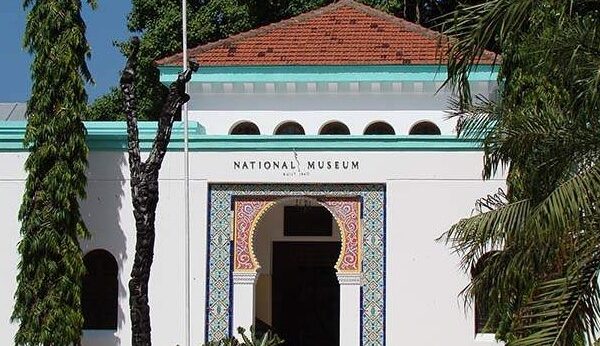Everyone embarking on an African safari dreams of encountering the Big Five – lion, leopard, elephant, buffalo, and rhino – up close. Kenya stands out as one of the premier destinations to fulfill this aspiration. Many of its national parks harbor at least four, and sometimes all five, of these iconic creatures. Moreover, by strategically selecting safari destinations with complementary strengths, visitors can significantly enhance their chances of encountering the complete Big Five.To maximize your Kenyan safari experience, we’ve curated a list of 10 prominent parks, highlighting the presence of the Big Five in each and offering insights into their visibility.
What do You Mean by the Big Five?
The Big Five comprises a group of five prominent African mammals that rank high on the bucket list of countless first-time safari enthusiasts: lion, leopard, elephant, buffalo, and rhino. Originally coined by big game hunters, the term referred to the animals they considered most perilous to hunt on foot. Consequently, it excludes other captivating yet less menacing creatures like giraffes and cheetahs.
- The Lion – Found at Masai mara
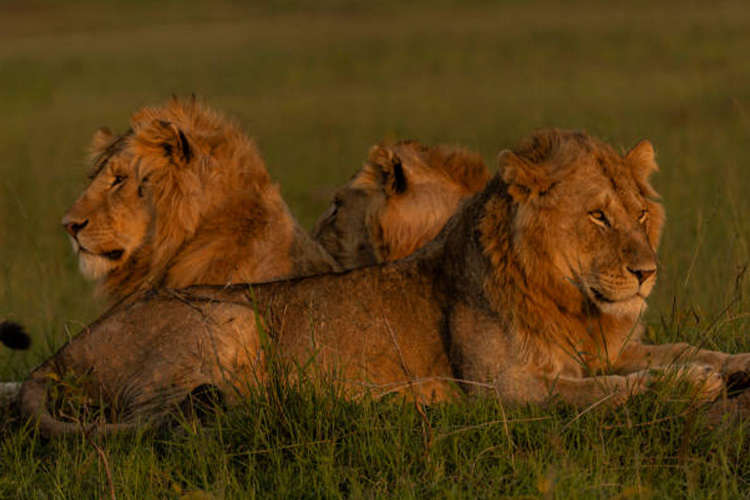
One of Kenya’s premier safari destinations, the Masai Mara, stands out as one of the finest spots globally to witness the Big Five. As a northern extension of the Serengeti, it gains acclaim for hosting the awe-inspiring wildebeest migration across its expansive plains from September to October. Yet, throughout the year, visitors can expect encounters with lions, leopards, elephants, and buffaloes in the Masai Mara. Spotting the elusive black rhino requires a bit more luck, as they are less common but are most likely found in the western sector known as the Mara Triangle.
2. The Rhinos – Found at Nakuru National park

This small but scenic national park is easily visited in conjunction with the Masai Mara, and the two complement each other very well. This is because Lake Nakuru is one of the best places in Kenya to look for rhinos, which are relatively uncommon in the Masai Mara. White rhinos are easily seen on the lake floodplain, but black rhinos are more secretive and prefer dense bush. Lion and leopard are present, but not particularly common. Other wildlife you’re likely to see includes buffalo, Rothschild’s giraffe and seasonal flocks of flamingos.
3. The Elephants – found at Amboseli National Parks
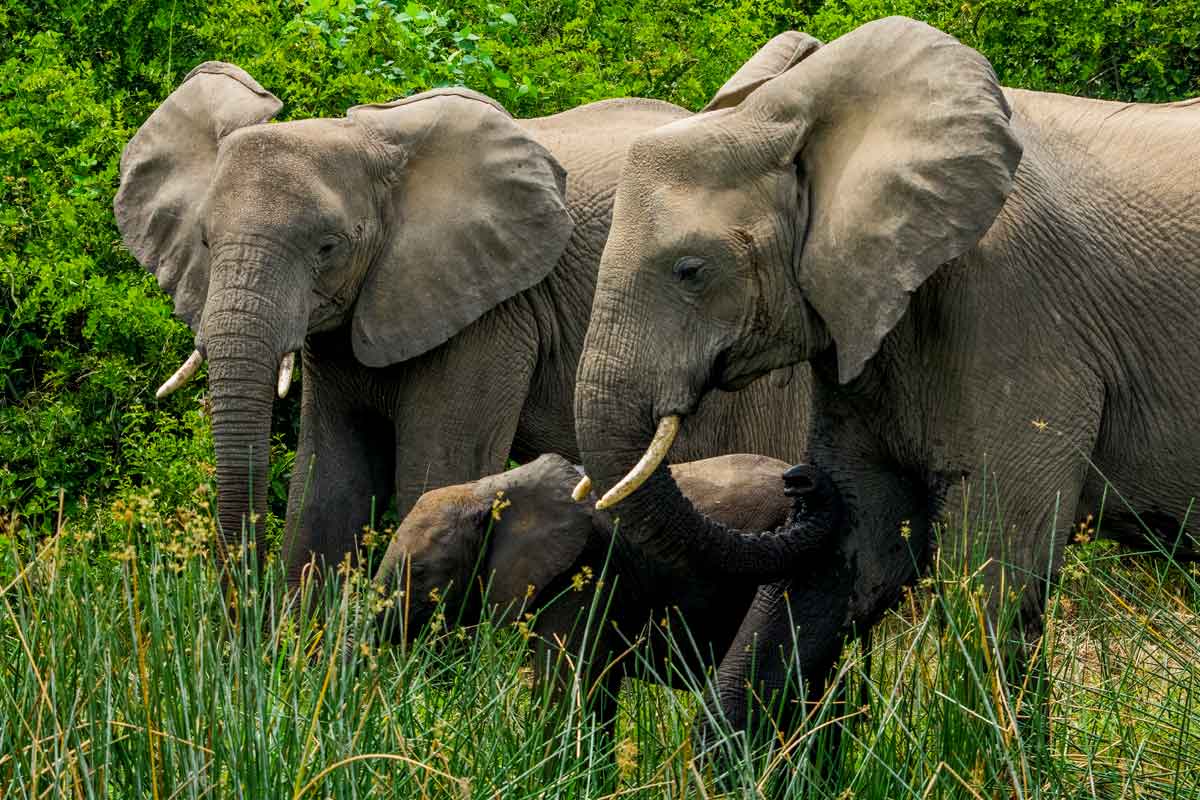
For enthusiasts of elephants, Amboseli stands as the ultimate destination to observe these captivating creatures in close proximity. While buffaloes also frequent the area, sightings of big cats are rare, and rhinos are absent. Nonetheless, the park’s breathtaking setting at the foot of Kilimanjaro offers a spectacular backdrop that more than compensates for the lack of certain wildlife species, particularly if you plan to explore other parks where lions, leopards, and rhinos are more prevalent.
4. The Buffalos – found at Tsavo National Park

Tsavo East, stretching northeast from the Nairobi–Mombasa Highway, presents an excellent option for those seeking to incorporate a brief safari into an extended beach vacation. Hosting the complete Big Five, the park is particularly acclaimed for its sizable gatherings of elephants and buffaloes. However, sightings of lions, leopards, and black rhinos are less guaranteed in this area.
5. The Leopard – found at Tsavo National Park
Within this grouping of reserves lining the Ewaso Nyiro River in the parched badlands north of Mount Kenya, four of the Big Five (excluding the rhino) roam freely. The wooded riverbanks frequently offer rewarding glimpses of leopards, along with dependable sightings of elephants and buffaloes. Notably, these reserves boast an extensive array of species adapted to dry climates, such as Grevy’s zebras, Beisa oryx, and gerenuks, which are seldom encountered in other national parks.

